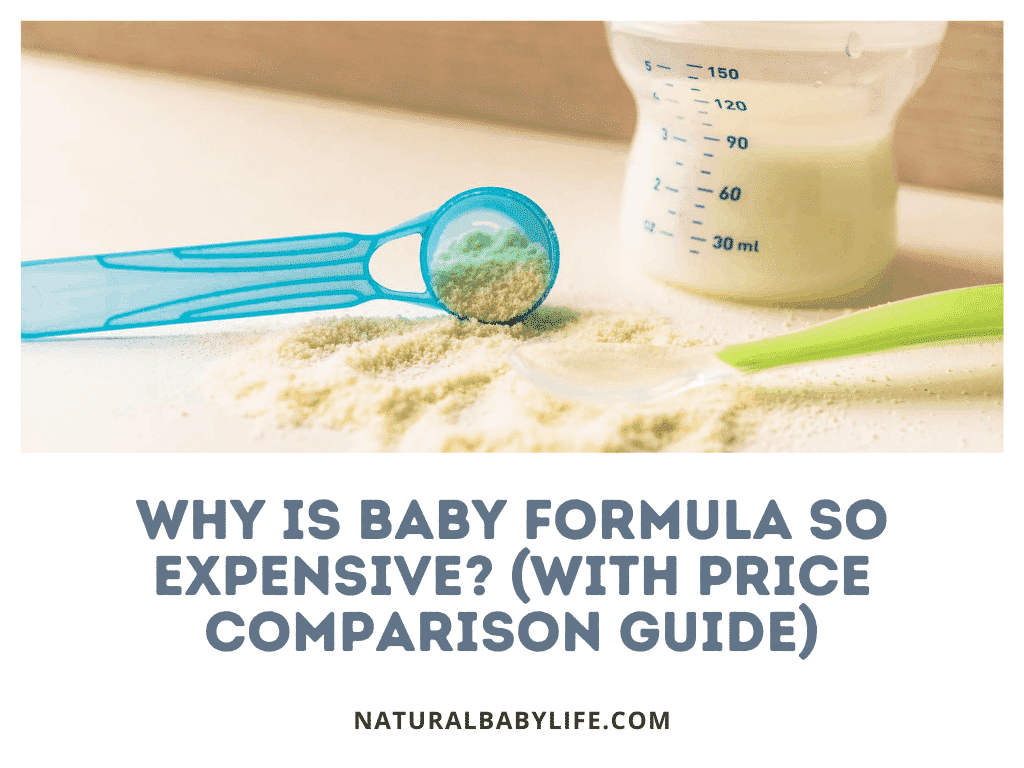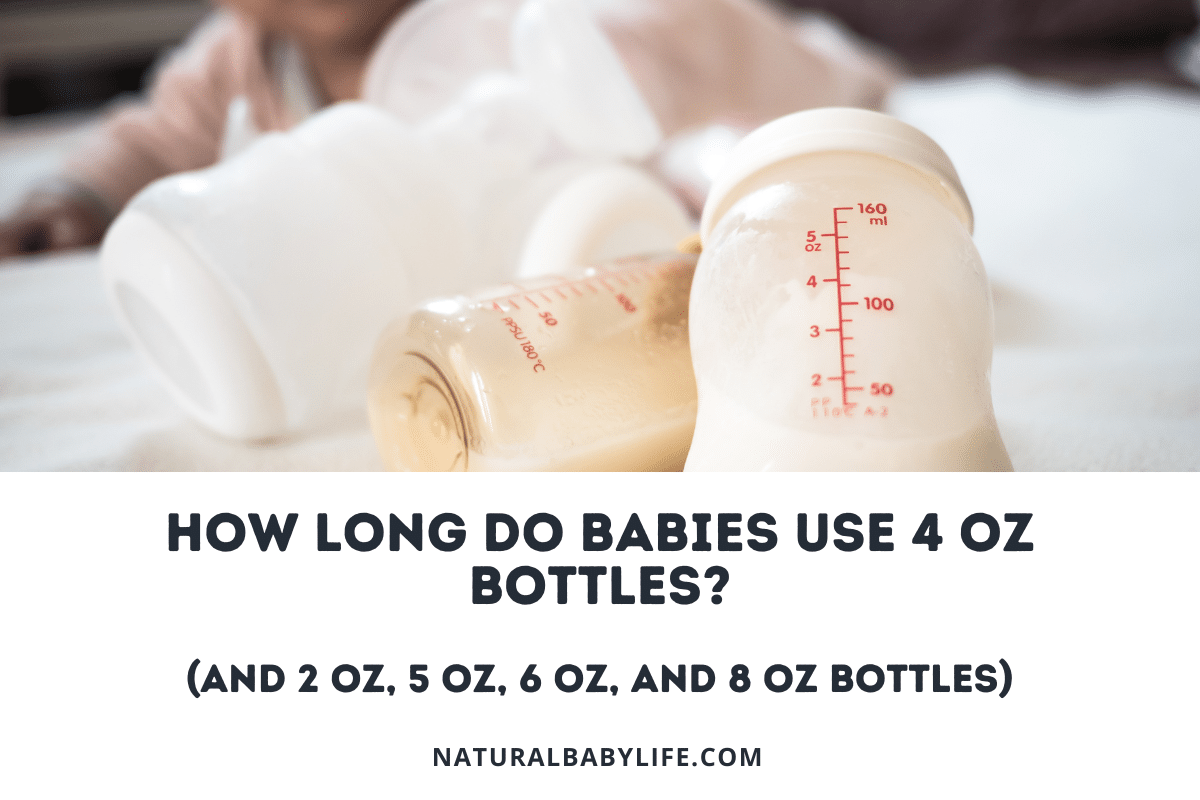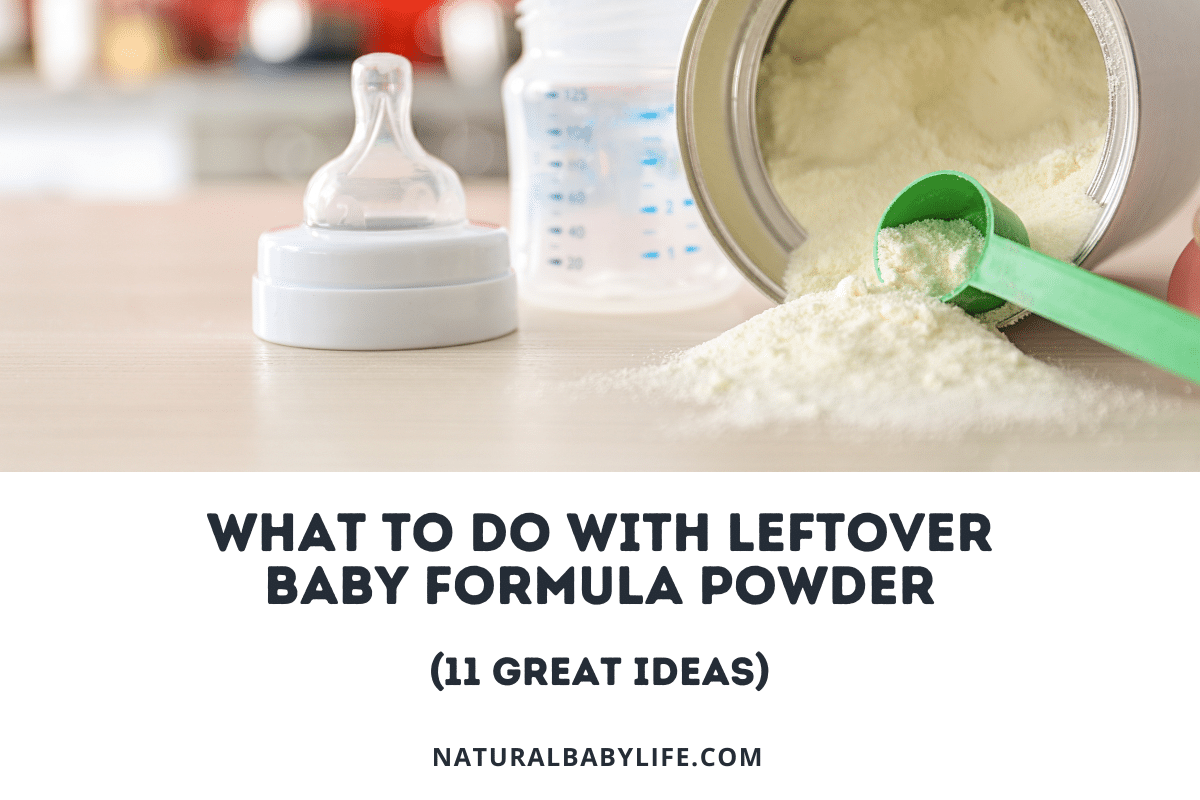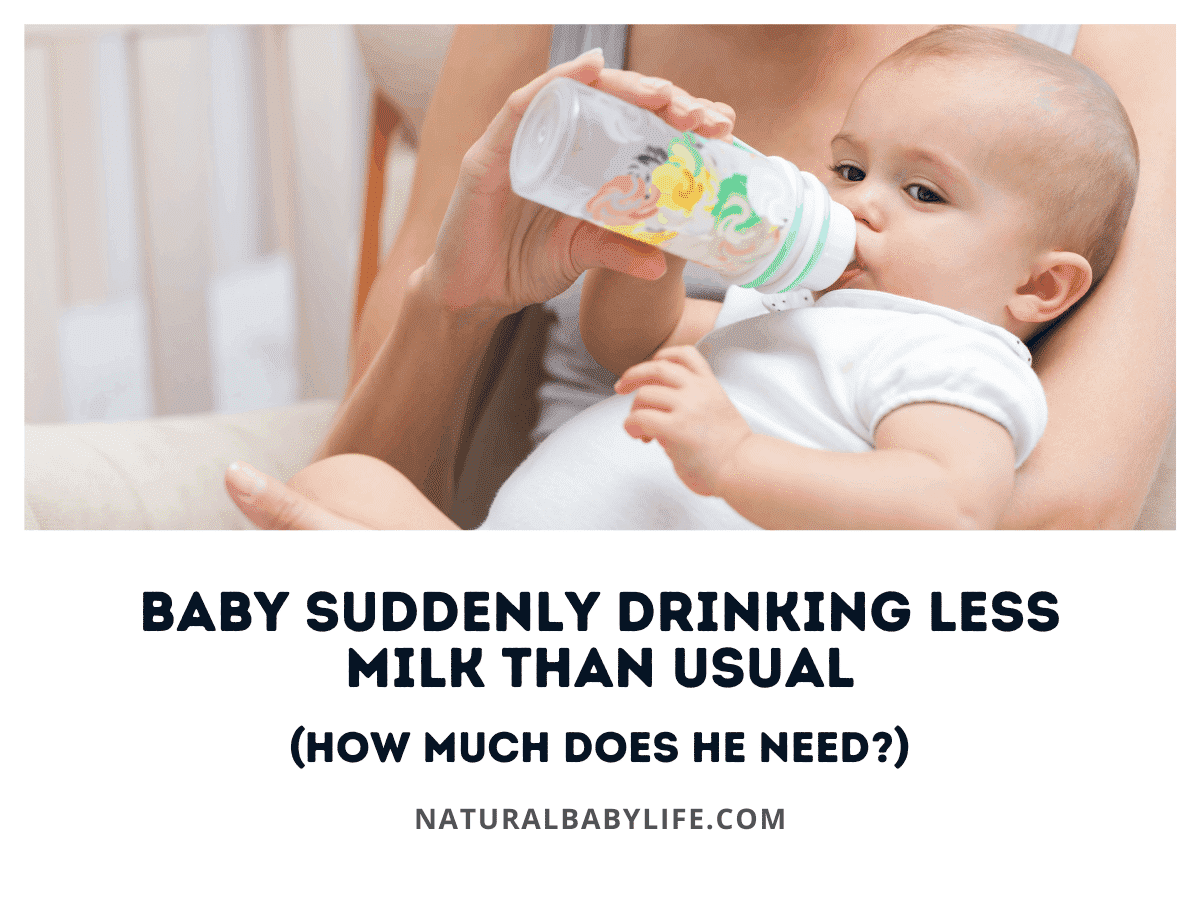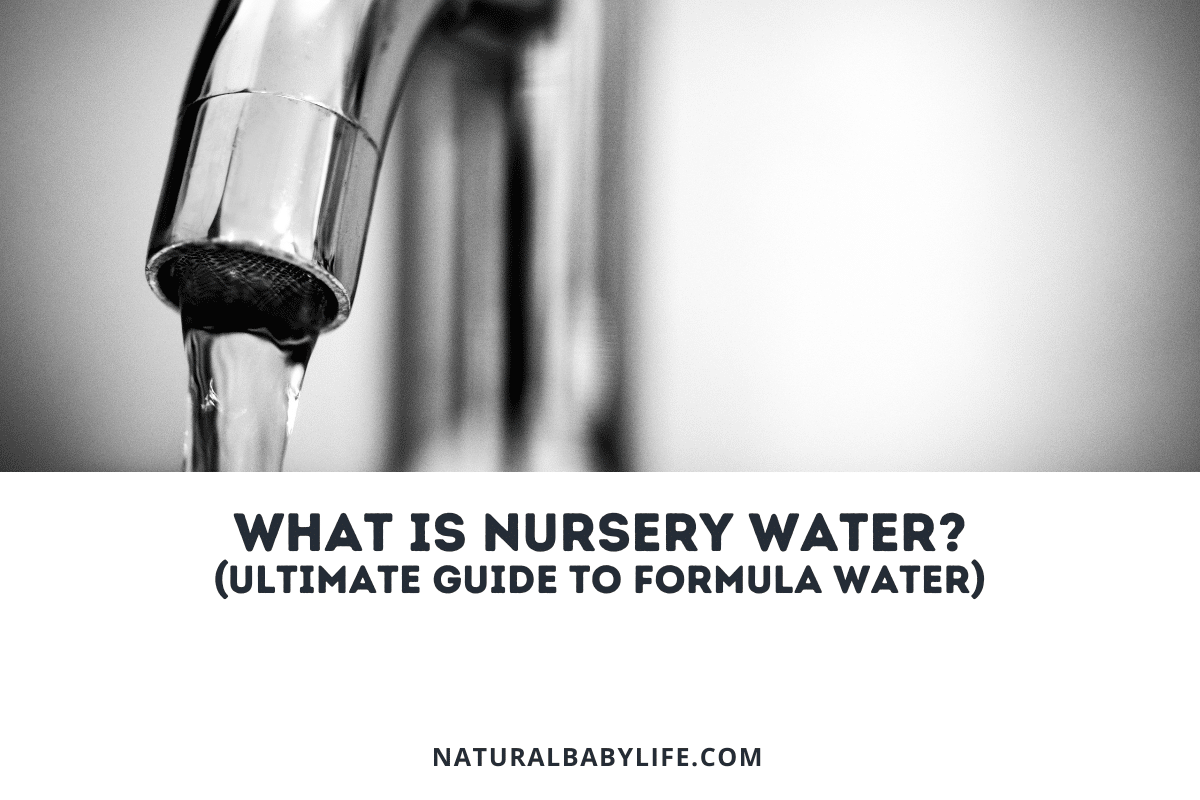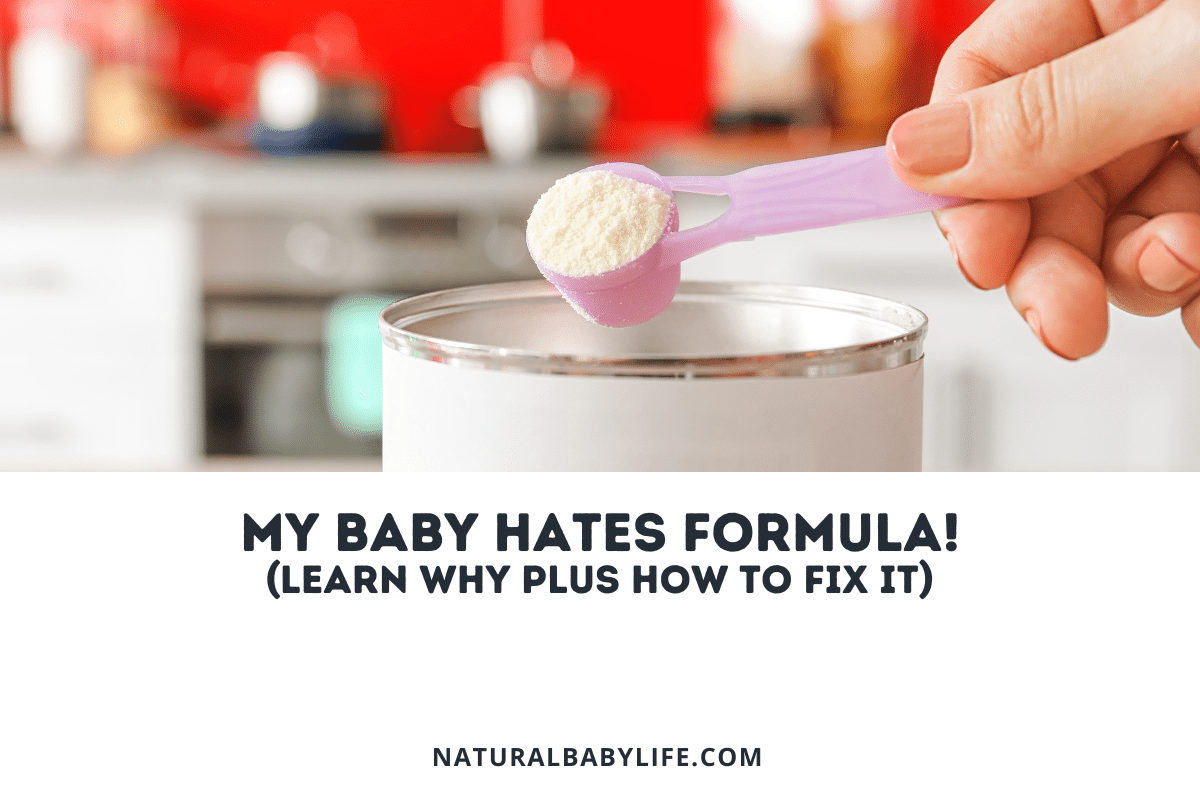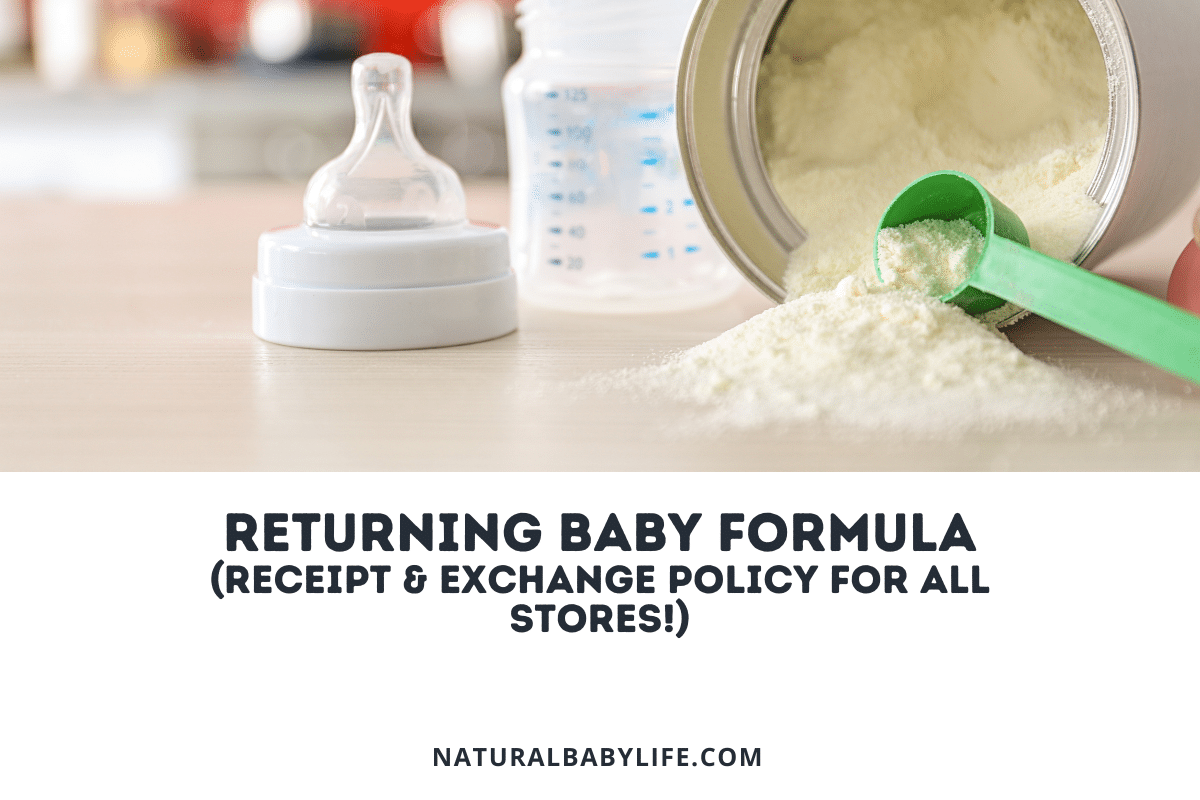Every parent will tell you that baby formula can get expensive very quickly and most wonder why certain brands are more expensive than others and what the overall costs should be. With that in mind, I thought it would be a great idea to compare the price of different baby formula and discuss everything that goes into those high prices.
Baby formula is so expensive because of the high-quality ingredients used, research required, and the increasing demand for specialty and organic formula options. Baby formula manufacturers are also able to keep prices artificially high through government-subsidized programs like WIC and compete with other brands through expensive marketing campaigns.
Keep reading to find out what you’re actually paying for when you buy a can of baby formula at the store. I’ve also included a couple of tips to help you save a few dollars while keeping your baby well fed!
Table of Contents
Why is baby formula so expensive at the store?
If you are feeding your baby formula – through choice or necessity – you know how expensive it can be. I’ll be honest, one of the big reasons we chose to breastfeed exclusively is because we had heard that formula could add up to more than a thousand dollars in the first year. After the sticker shock of everything else we bought for our first child, being able to save that (let’s face it, huge) a chunk of money seemed like a no-brainer.
Overall, it is a combination of expensive research and development, marketing, and government-subsidized formula purchases that have increased the price of formula over the years and kept it higher than it would be otherwise.
Throughout the history of motherhood, it has been common practice to seek either replacement or supplementation for breast milk through wet nurses, goat’s milk, and even cow’s milk mixed with honey.
In the 1870’s, Nestlé (yes, that Nestlé), introduced a powdered milk substitute to the market coming in at fifty cents per bottle – in 1870’s dollars, or about $10 today. Unsurprisingly, most mothers at that time still chose to feed their babies breast or cow’s milk.
Baby formula didn’t really come into popularity until the introduction of concentrated liquid formulas in the 1950s, finally surpassing homemade formula in the early 1960s. While this type of formula is still available today, the powdered option you are probably most familiar with only came into popularity relatively recently in the 1990s.
Three years after its inception in 1972, the Special Supplemental Nutrition Program for Women, Infants, and Children (WIC) expanded to include non-breastfeeding mothers. In the 1990s, WIC started offering enhancements and incentives to encourage mothers to breastfeed instead of relying entirely on formula.
Today, the formula is available for free to mothers and infants supported by the WIC program, but they are limited to a state-approved brand (or even line). These approved brands are based on contracts that offer the state a huge discount (meaning they pay as little as only 15% of the store price) in exchange for the guarantee of those WIC sales, which accounted for over half of all formula sales in 2001. While this is great for the healthy development of WIC-supported babies, it may have helped to drive up the overall retail cost of formula over the years.
Additionally, although there are some lines of baby formula that certainly offer obvious changes from the main line (soy-based and DHA-free options, particularly), there is often little nutritional or functional difference between even formula lines in the same brand. One group has even gone so far as to accuse the largest formula companies of using “science as a marketing tool, valuing high profit margins over scientific credibility.”
How much does it cost to make baby formula?
It is fairly well documented in a recent report that baby formula is an incredibly lucrative product for the top four U.S. manufacturers, especially the top two – Similac and Enfamil – that together control nearly two-thirds of the entire national market.
Most industries that offer such a high profit margin would usually see their prices brought back down naturally by the emergence of new competition, but both the literal cost of entry (developing a “formula,” manufacturing, logistics, etc) and the psychological one (reluctance to leave a trusted brand when your child’s health is at stake) is so high that fledgling competitors are rare and unlikely, especially outside of the “organic” and “natural” niches.
The Center for Budget and Policy Priorities (CBPP) has a graphic showing an estimate of the retail markup here.
What other factors go into the cost of baby formulas?
As with any packaged food, the cost of the final product includes much more than the ingredients themselves, but formula markup is not necessarily limited to the standard overhead costs such as equipment and labor.
- Scientific research – The price you pay for your formula today not only covers the research that developed your baby’s meal, it is also helping to fund the studies that will make the next generation of formula even better.
- Production and safety measures – The safety and sanitation required for the production of baby formula, not to mention safe shipment, is held to an even higher standard than regular food production.
- Marketing – It is impossible to overstate the influence marketing has on parents, and formula companies know it. Think about the ads you see today (maybe you remember this Similac one from a couple of years ago?). The medium, the focus, and even the angle have changed throughout the years, but the message is still the same: all we want as parents is the best for our children. Since most of us don’t really know the difference between the major formula brands, we make our choice based on experience and emotions.
- Medical detailing (a.k.a. samples from the doctor’s office) – Did you get a formula sample at the doctor’s office or the hospital? This implicit recommendation is designed to make us believe that we are making the best choice for our baby. You are indirectly paying for these free samples, so don’t feel bad saying yes!
As you can see, there are several reasons why baby formulas demand such a high price!
Why is baby formula locked up?
If you have noticed that the baby formula is either locked up or stored behind the front counter, you may have wondered why stores go out of their way to make the life of a probably already stressed-out parent even harder. Even though it may feel like it some days, it’s not personal.
Unfortunately, baby formula is a high-theft item because it can either be sold for a large profit or even used to cut illegal substances. Keeping the can of formula from you also keeps it from the thief, which helps the stores to keep the cost down as much as they can.
What’s the average cost of baby formula?
Depending on your preferred formula brand and the size you buy, you will probably be paying more than a full dollar per ounce of powder for a fairly standard dairy-based brand-name formula that has been fortified with iron.
If you go with the generic option instead, you could cut your bill almost in half.
How much does baby formula cost per month?
The amount of formula that your baby will need over the course of a month can vary dramatically depending on his overall size, if he’s in the middle of a growth spurt, and whether or not you’ve introduced solids into his diet. In general, you should expect to purchase 1-2 cans of formula per week during your baby’s first six months – 3 per month for a one-month-old up to 10-per-month after three months.
That means you are likely to spend between $130 to $428 on formula per month if you are buying a national brand such as Enfamil or Similac at full price.
If you are willing to use a generic brand (that is essentially the same thing) then you can expect to pay about half of this price.
| Formula Brand | Can Size | Total Cost | Cost Per Ounce |
|---|---|---|---|
| Enfamil Infant Formula | 29.4oz | $33.36 | $1.13 |
| Similac Advance Infant Formula with Iron | 34oz | $35.98 | $1.06 |
| Up & Up Non-GMO Formula with Iron | 35oz | $19.99 | $.57 |
| Parent's Choice Non-GMO Premium Infant Formula with Iron | 36oz | $19.98 | $.56 |
How expensive is formula compared to breast milk?
Of course, the most obvious alternative to formula for your baby is breast milk and breastfeeding.
Most of the costs associated with breastfeeding are upfront – pumps, bottles, bags, and other accessories. Once parents have all of that, breastfeeding is essentially free and requires only that mother stays healthy and well-fed so that she can produce enough high-quality breastmilk for baby.
Unfortunately, breastfeeding is not an option for all women and everyone should work to be inclusive of this fact. There are many physical reasons why a mother wouldn’t be able to produce milk or nurse her baby and that’s OKAY!
Ways for parents to save money on baby formula
Since baby formula can be both entirely necessary and incredibly expensive, there are many ways to save money on it, especially if you are willing to put in some extra work.
“Clip” Coupons
These days, coupons are available in just about every major store’s app, the Sunday paper, and those blue ValPak junk mail envelopes you probably throw away without even opening. If you are not particular as to which brand of formula you buy, the savings from good old fashioned couponing can go a long way. You can also get coupons directly in your email by signing up for emails through the brand’s website.
Set up a Subscription
If you schedule a recurring order of formula through major retailers such as Amazon Prime or Target (through the RedCard program), you can receive 5-15% off every order, plus you free shipping.
Buy Generic
Many store brands are produced by the same manufacturer as the big brands, and they all meet the exact same requirements for safety and nutrition. Do some research and find the store brand that advertises itself as “compare to” your favorite national brand and give it a try – it will probably be about half the price as your regular!
Buy in Bulk
Pay attention to the cost per ounce instead of the price of the container itself. If you have the extra cash, buy the largest size available. It will be more upfront, but less in the long run. If you have a membership with a warehouse store like Sam’s Club or Costco, this can save you even more money.
Collect Samples
Most samples will only be enough for a handful of feedings, but they cost you nothing. You can go ahead and ask for samples before you are even released from the hospital with your newborn, and every time you visit the pediatrician’s office. Check the brand’s website as well, since you can typically join a parent’s group and get free samples that way.
Apply for WIC
If you are genuinely struggling to feed your baby, you may be eligible to receive assistance in purchasing food and formula for yourself and your young children. Visit the official website to find out if you meet your state’s requirements.
Never dilute baby formula to save money
Never attempt to save money by diluting or “stretching” your formula. It is specifically designed to provide your baby with everything he needs to grow strong and healthy. Shorting the scoop, even a little, could have serious long-term negative effects on your baby’s development in the long term.

